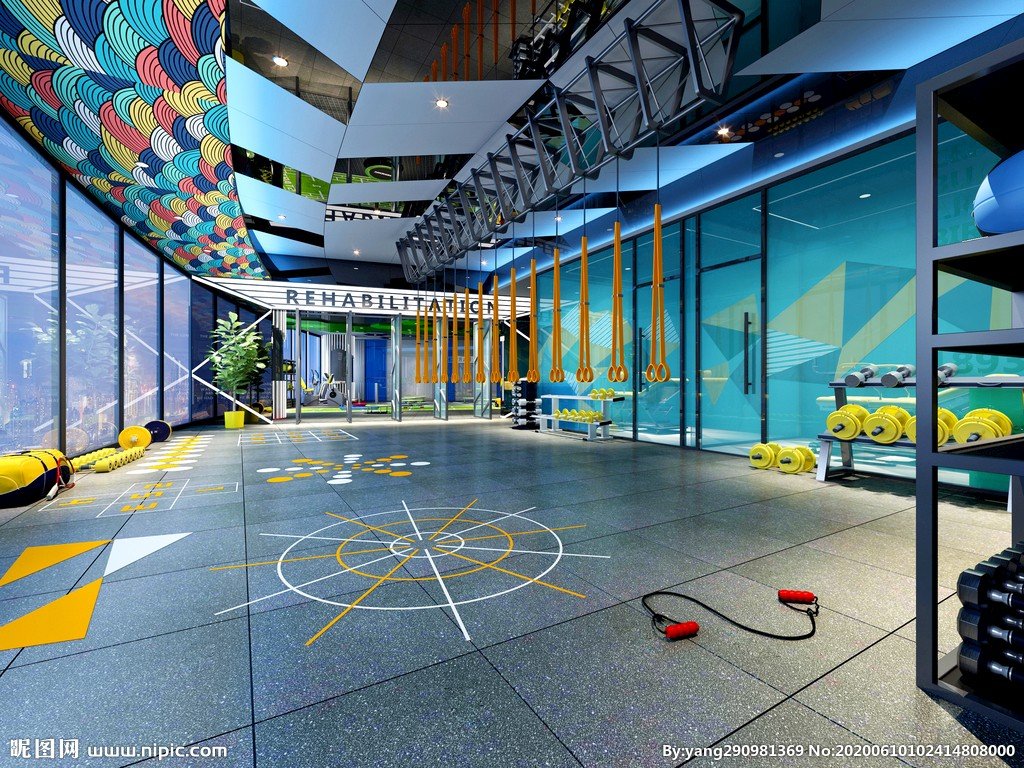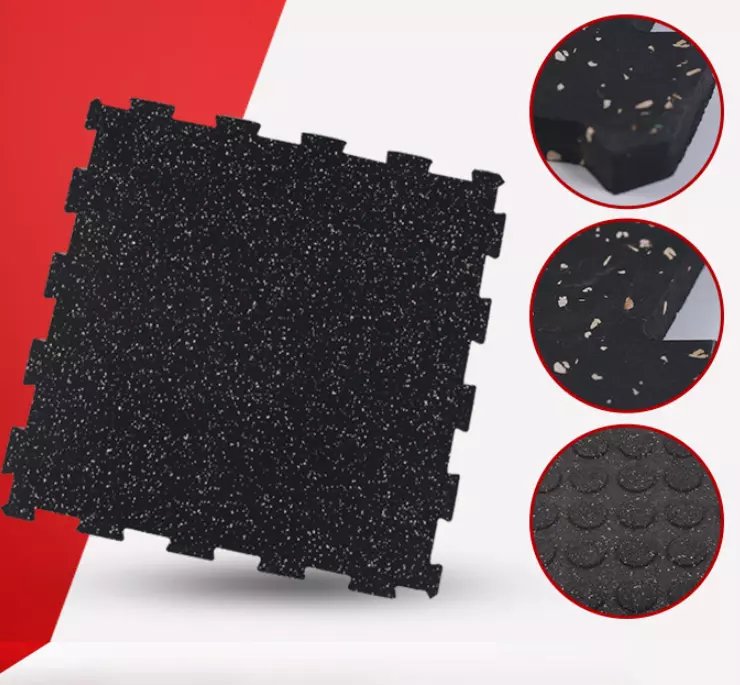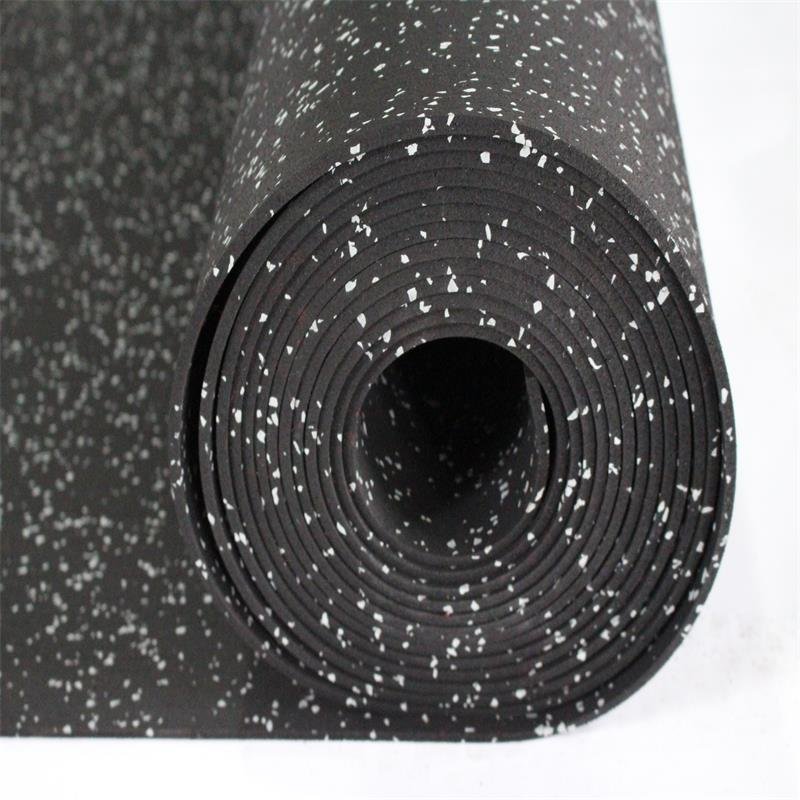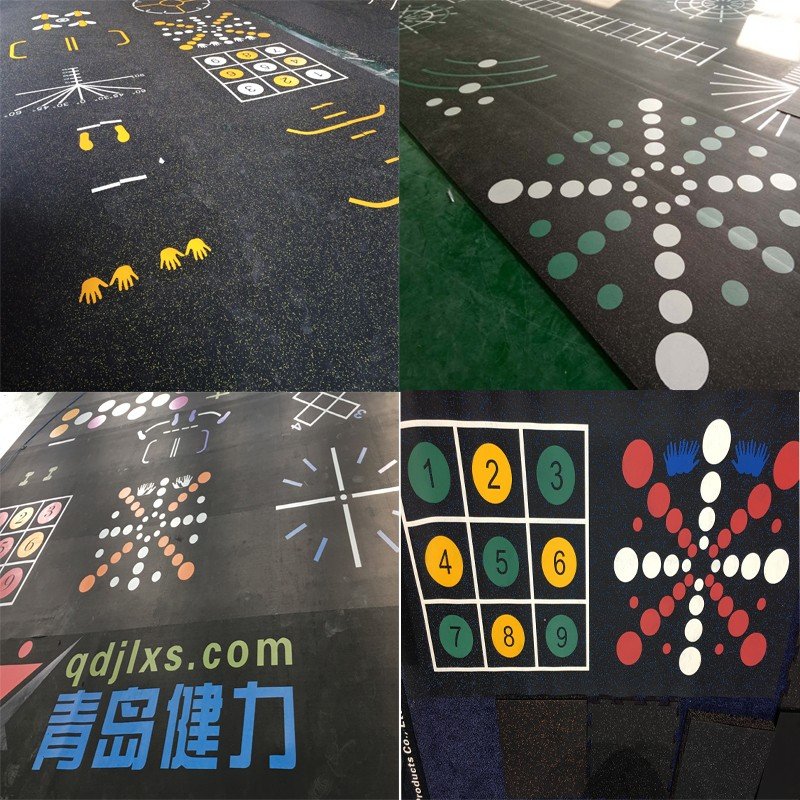- Categories: Blog
- Author: Ella
- Time of issue: 2022-09-08 15:47
 Home Gym Flooring Overview:
Home Gym Flooring Overview:
The best home gym flooring can help ensure a safe, comfortable workout by providing padding and support to protect joints from undue stress. It’ll also prevent damage to the flooring underneath.
Although there are a variety of considerations when choosing the right gym floor for your home, a good place to start is with the surface it’ll rest upon. Installing gym flooring over an incompatible surface can lead to a slippery, unstable workout space and even damage the flooring below.
Gym Flooring Types and Materials
Gym flooring is available in several different varieties:
Exercise equipment mats are available in multiple thicknesses to provide the right degree of padding. Mats with added cushioning will protect the flooring below heavy exercise equipment like treadmills, exercise bikes and ellipticals. They’re also a good choice if you use weights and kettlebells for strength training or engage in high-intensity aerobics that involve vigorous movement.


Rubber interlocking Floor Tiles
Rubber floor tiles provide the same level of protection as rubber mats and come in varying thicknesses. Pieces of interlocking rubber flooring can be disassembled and stored when not in use. Rubber tile typically looks like a puzzle piece and can be arranged to cover the exact area you want, even irregularly shaped spaces.


Rubber flooring rolls
Rubber flooring for home gyms that comes in rolls is an ideal solution when you want to cover a large area. This type of flooring is a more permanent solution than floor tile or mats, and it can be installed more quickly. You just need to measure and cut the material to size. Some rubber rolls require adhesive, and some can float freely over the existing floor. You’ll want to check the manufacturer’s specifications to make sure a product is right for your space.


- Gym Flooring
- EPDM Composite Rubber Tile
- gym floor
- Rubber interlocking Floor Tiles
- Rubber flooring
- Rubber flooring rolls












